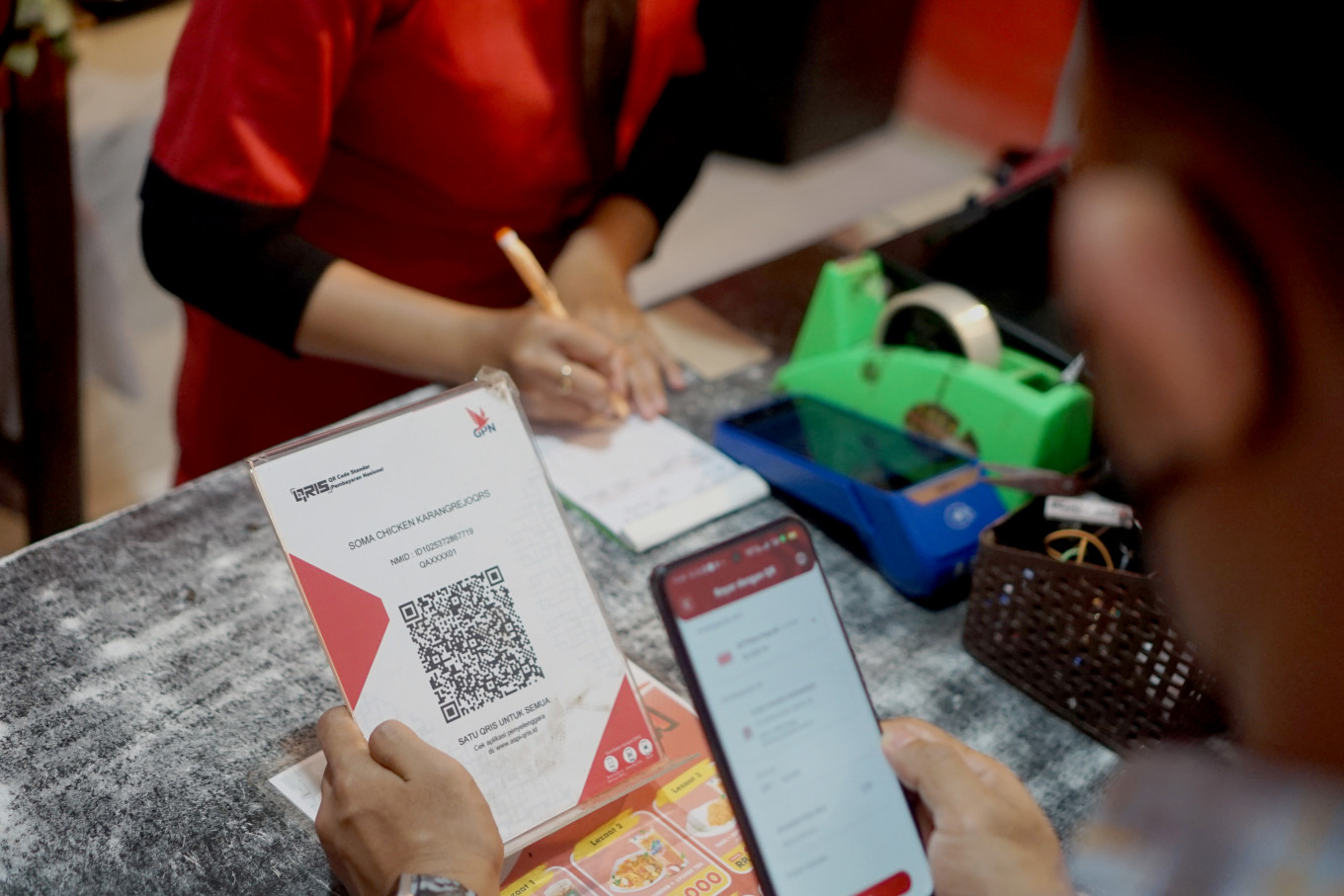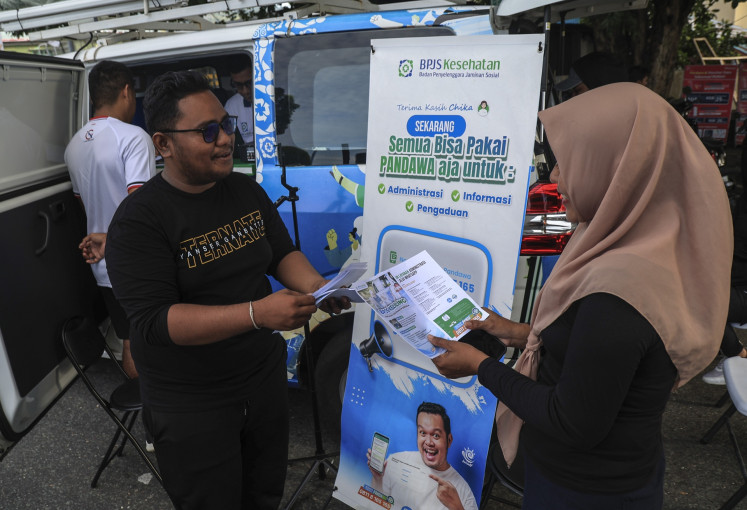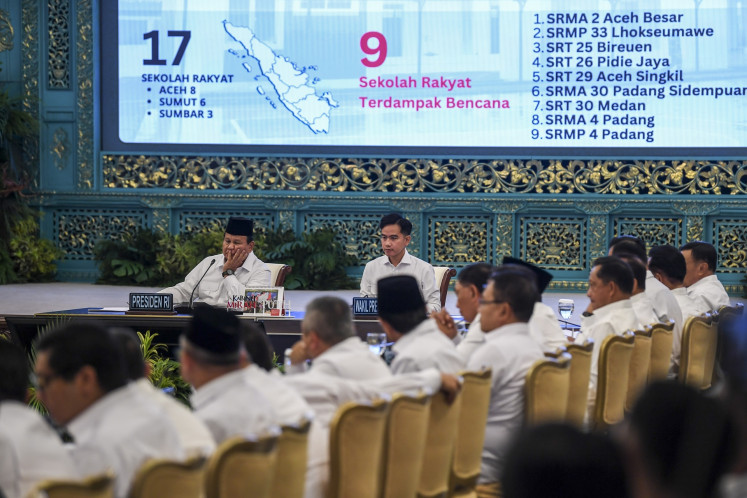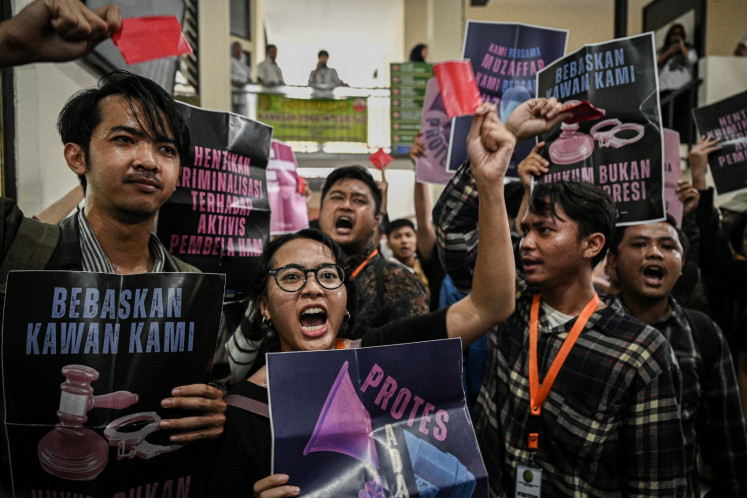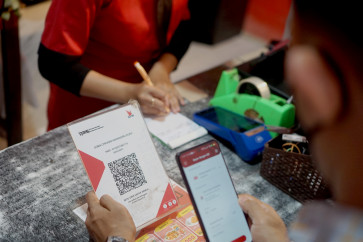Popular Reads
Top Results
Can't find what you're looking for?
View all search resultsPopular Reads
Top Results
Can't find what you're looking for?
View all search resultsJakarta is betting on India’s digital playbook
Today, the currents shaping the relationship between the Indo-Pacific’s two largest democracies are not trade winds, but the terabits flowing through fiber-optic cables and the instant signals of digital payment systems.
Change text size
Gift Premium Articles
to Anyone
T
he historic maritime routes that once carried spices and philosophies between India and Indonesia are being redrawn for the 21st century. Today, the currents shaping the relationship between the Indo-Pacific’s two largest democracies are not trade winds, but the terabits flowing through fiber-optic cables and the instant signals of digital payment systems.
Quietly but with strategic intent, Jakarta and New Delhi are forging a landmark digital alliance. Solidified through a series of memorandums of understanding (MoUs) signed over the past year, this partnership is about more than just technology. It is a calculated move by Indonesia to accelerate its digital economy, enhance public services, and assert its digital sovereignty in a world increasingly defined by a United States-China tech rivalry.
For the average Indonesian, the promise is tangible: cheaper cross-border transactions, more efficient government services and greater opportunities for local businesses. For the nation, it represents a powerful "third way", a partnership model built on open, sovereign-friendly technology, offering a compelling alternative to proprietary, geopolitically fraught ecosystems.
At the heart of this digital handshake is the plan to interconnect Indonesia’s BI-Fast with India’s Unified Payments Interface (UPI). This initiative, formalized in an MoU between Bank Indonesia and the Reserve Bank of India during Indonesia's Group of 20 (G20) presidency, is an economic revolution in waiting.
The immediate impact will be a boon for two vital sectors: tourism and remittances. Indian tourists, a rapidly growing and digitally native demographic, will soon be able to use their familiar mobile apps to scan QRIS codes and pay instantly, from a warung (food stall) in Bali to a department store in Jakarta. This seamless process bypasses the high fees and friction of international credit card networks and currency exchange counters.
Similarly, for the Indonesian diaspora and businesses transacting with India, sending money home or making payments will become instantaneous and dramatically cheaper. But the true long-term prize is the empowerment of Indonesia’s 64 million micro, small and medium enterprises (MSMEs), the backbone of the national economy.
By integrating these real-time payment rails, the cost barrier for MSMEs to participate in regional e-commerce will plummet. This infrastructure is the foundation for creating open, interoperable digital marketplaces, inspired by India's Open Network for Digital Commerce (ONDC), that can level the playing field and reduce the dominance of large platform aggregators, fostering a more inclusive digital economy across the archipelago.

